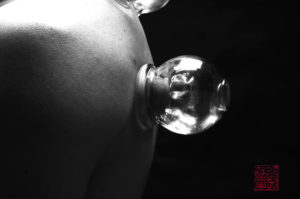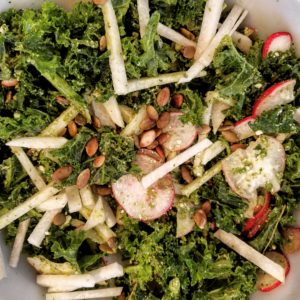
Photo by Karel Rakovsky @karelrak_p.book
Postpartum recovery is often neglected in America. There is a cultural expectation that women only need 4-6 weeks of maternity leave to recover. For a lot of women, we accept these cultural expectations as norms. Imagine living in a country where new mommas are expected to rest for a month following childbirth for the future health and wellbeing of both the new mother and baby.
In China, there is a tradition called “Sitting the Month” to allow the mother’s body and system to recover for a month after childbirth. It is a time when family members, loved ones, or even paid help take care of the needs of both the mother and child. She never feels like she is doing it alone. The good health of the mother contributes to the good health of the newborn. It is during this month that the mother rests, eats nourishing foods, and focuses on recovery. The baby is also well rested, well fed, and well loved. While this tradition is nearly impossible for most women in the States, we can implement some of these nourishing traditions to give new mothers a better chance at recovery.
Loss of Blood and Qi During Birth
In childbirth, women are giving a lot of themselves. There is a significant amount of qi and blood loss with every birth. Many births have added complications and more blood loss than average. Those women are losing a substantial amount of qi and blood and have a more difficult recovery. Many of these women will have postpartum depression or anxiety or any number of emotional challenges. In Chinese Medicine, a significant loss of blood will easily cause anxiety and depression so it is vital during the months after birth to boost blood and yin fluids in Chinese Medicine. Breast milk is considered a yin fluid, like blood, so a deficiency of blood may diminish a mother’s milk supply.
Some women suffer an early pregnancy loss. Even though they do not have a newborn in the end, their bodies are still depleted and are in need of nourishment. It does not matter how early the loss occurs, we need to remember that making a baby takes energy at any stage! We want to restore the blood and qi, especially to the uterus. Acupuncture and herbs can help regulate blood flow and increase circulation to the uterus. Food is also a vital aspect of recovery. Below is a list of foods to help with recovery.
Nourishing Foods to Boost Qi and Blood
- Bone broth
- Ginger
- Eggs
- Dried fruits
- Goji berries
- Dates
- Blueberries, blackberries, and strawberries
- Dark leafy greens
- Grass-fed meats
- Brown and black rice
- Oats
- Quinoa
- Herbs like Dang Gui and Huang Qi can be added to soups
Other Treatments to Nourish Qi and Blood
- Acupuncture
- Moxibustion
- Herbal formulas like Ba Zhen Tang
Foods to Encourage Blood Flow and Circulation to the Uterus
- Black pepper and cayenne pepper
- Cardamom
- Turmeric
- Cinnamon
- Radish
- Fennel
- Cruciferous veggies like: cabbage, broccoli, brussels sprouts,
- Kale
- Eggplant
- Red Raspberry Leaf Tea
Other Treatments to Help Encourage Blood Flow and Circulation to the Uterus
- Acupuncture
- Moxibustion
- Chinese herbs like Tao Hong Si Wu Tang (or other herbal formulas geared specifically for you)
- Castor oil packs
Allowing your body time to heal after childbirth may seem indulgent and unrealistic. But being cognizant of the importance of this fourth trimester of recovery is crucial for health and wellness in the coming years.







 This supplement contains herbs like nettle, bromelain, and quercetin to reduce inflammation caused by allergies. It is a useful supplement for anyone who has systemic inflammation in addition to sinus congestion and allergies. Also available in a chewable tablet for children. Available at my clinic in Austin or my
This supplement contains herbs like nettle, bromelain, and quercetin to reduce inflammation caused by allergies. It is a useful supplement for anyone who has systemic inflammation in addition to sinus congestion and allergies. Also available in a chewable tablet for children. Available at my clinic in Austin or my 


